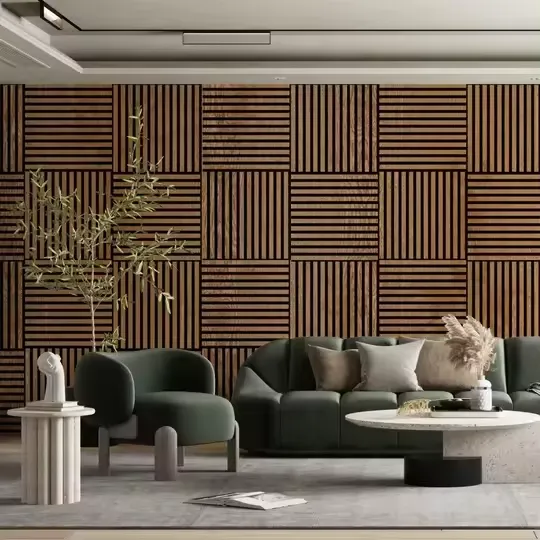Acoustic Panels for Recording Studios Enhancing Sound Quality
Creating the perfect sound environment in a recording studio is crucial for any musician or audio engineer. The clarity and quality of recorded sound can make a significant difference in the final product, and one of the key elements in achieving this is the proper use of acoustic panels. These panels are designed to control the reflections and reverberations within a space, ultimately contributing to a more accurate sound reproduction that is essential for professional recordings.
What Are Acoustic Panels?
Acoustic panels are typically made from dense materials that absorb sound waves, reducing echo and background noise. They come in various shapes and sizes, including wall-mounted panels, ceiling tiles, and freestanding units. The primary function of these panels is to minimize the sound reflections that bounce off hard surfaces, such as walls, floors, and ceilings. By doing so, they create a more controlled acoustic environment, which is vital for capturing the nuances of sound in a recording studio.
The Importance of Acoustic Treatment
Without proper acoustic treatment, recording studios can suffer from a host of issues, including flutter echoes, standing waves, and excessive reverb. These problems can lead to inaccurate sound recordings, making it challenging to achieve the desired tonal balance in music. By strategically placing acoustic panels within the studio, one can significantly reduce these sound issues, allowing for a cleaner recording with a more balanced tonal quality.
Types of Acoustic Panels
There are several types of acoustic panels available to suit different needs and budgets. Some of the most common include
1. Absorption Panels These are designed to absorb sound energy effectively. They are often made from foam or fabric-wrapped fiberglass and are ideal for reducing mid to high-frequency noise. Absorption panels are typically used on walls and ceilings.
acoustic panels for recording studio

2. Bass Traps These are specialized panels that target lower frequencies. Since bass frequencies tend to build up in corners, bass traps are often placed in room corners to absorb these troublesome low-end sounds, preventing them from interfering with the overall mix.
3. Diffusers While absorption panels reduce sound reflections, diffusers scatter sound waves, helping to create a more natural and immersive sound environment. They are particularly useful in larger studios where maintaining a degree of liveliness in the sound is desired.
Installation and Placement
The effectiveness of acoustic panels greatly depends on their placement. It is essential to assess the room's acoustic properties before deciding where to place the panels. Key areas to target include
- Reflection Points Locate the first reflection points by having someone clap directly in front of the microphone while you listen from your recording position. Place panels at these points to eliminate unwanted reflections.
- Corners Installing bass traps in corners can help manage low-frequency buildup, ensuring a more balanced sound.
- Ceiling and Floors If possible, treat the ceiling and floor with additional panels or rugs to further enhance sound absorption.
Conclusion
In conclusion, investing in acoustic panels for a recording studio is not just about aesthetics; it's a crucial step in ensuring high-quality sound recordings. Properly treated acoustically, a studio can significantly enhance the listening experience and streamline the recording process. By choosing the right type of panels and strategically placing them within the space, audio professionals can create an environment that fosters creativity while delivering the best possible sound quality.
